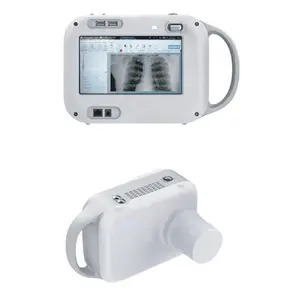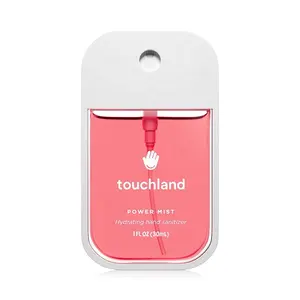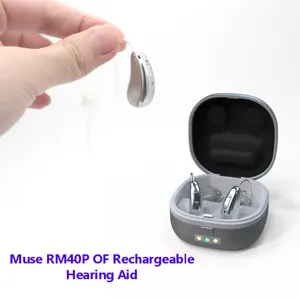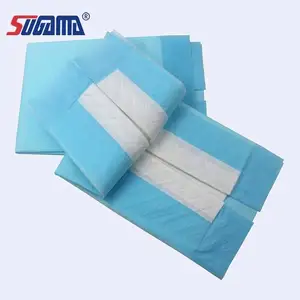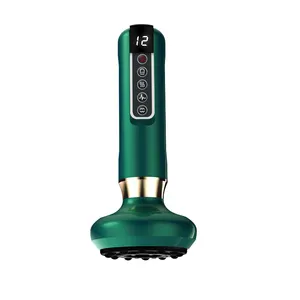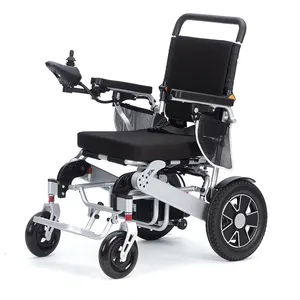Popular in your industry











































































































































































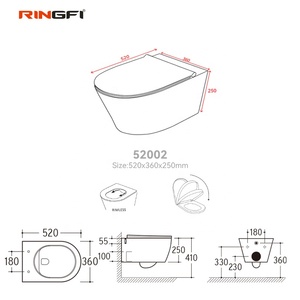






































Top categories
About handicapped wc
Understanding Handicapped WC: An Essential Guide
The term handicapped wc refers to water closets designed to accommodate individuals with disabilities. These facilities are vital in creating inclusive environments in various settings, from public spaces to private homes. This introduction delves into the specifics of handicapped wcs, highlighting their design, applications, and the importance of accessibility in sanitary ware.
Design Principles of Handicap Accessible Toilets
Handicap toilet design is governed by principles that ensure ease of use for individuals with disabilities. These designs often include features such as grab bars, higher toilet seats, and ample space to accommodate a wheelchair. The elongated handicap toilet is a common variant, offering additional comfort and accessibility. The design also takes into account the ease of transferring from a wheelchair, making toilet for disabled person not just a necessity, but a mandate for public facilities.
Types of Handicapped WCs for Different Needs
The range of handicapped wcs includes models like the tallest handicap toilet, which provides additional height for easier access. Toilets that are higher for handicapped individuals help in reducing strain. For homes and private use, toilets for disabled at home are tailored to blend with the domestic environment while ensuring functionality. In commercial settings, commercial handicap toilet options are designed to withstand heavy usage while meeting accessibility standards.
Applications of Handicap Toilets in Various Settings
Handicapped wcs are not limited to residential spaces; they are equally important in public areas. Wheelchair accessible toilets are a requirement in community centers, shopping malls, and business complexes. The ada accessible toilet standards guide the installation of these facilities in the United States, ensuring that they meet the needs of individuals with physical limitations.
Materials and Features of Handicapped WCs
The construction of a handicap for toilet involves materials that are durable and easy to clean. Non-porous surfaces are preferred to maintain hygiene standards. Features may include no-touch flush systems, adjustable height mechanisms, and antibacterial surfaces to ensure the toilet for handicapped person is safe and hygienic.
Advantages of Installing Handicap Toilets
Installing a handicap accessible toilet goes beyond compliance; it reflects a commitment to inclusivity. For businesses, it can mean catering to a wider customer base and enhancing the overall user experience. In residential settings, it provides comfort and independence to individuals with disabilities, promoting a better quality of life.
